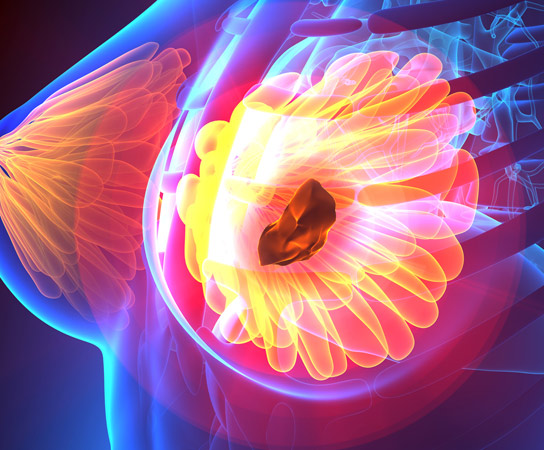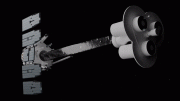
According to a recently published study, cavity shaving has been found to reduce positive margin and reexcision rates by 50% in patients undergoing partial mastectomy.
A newly published study reveals that cavity shaving halved the rates of positive margins and reexcision among patients with partial mastectomy.
Removing more tissue during a partial mastectomy could spare thousands of breast cancer patients a second surgery, according to a Yale Cancer Center study. The findings were published online May 30 in the New England Journal of Medicine and presented at the 2015 Annual Meeting of the American Society of Clinical Oncology in Chicago.
Nearly 300,000 women in the United States are diagnosed with breast cancer each year; more than half undergo breast-conserving surgery with a partial mastectomy to remove the disease. However, between 20% and 40% of patients who undergo this procedure have “positive margins,” or cancer cells found at the edge of what is removed. The presence of positive margins often leads to a second surgery to ensure that no cancer remains. The Yale study explored how removing more tissue all the way around the tumor site during the initial surgery — known as cavity shave margins (CSM) — could reduce the need for a second surgery.
In this study of 235 patients with breast cancer ranging from stage 0 to stage III, surgeons performed a partial mastectomy as they normally would. Patients were then randomized in the operating room to either have additional CSM removed or not.
“Despite their best efforts, surgeons could not predict where the cancer was close to the edge,” said the study’s lead author, Dr. Anees Chagpar, associate professor of surgery (oncology) at Yale School of Medicine and director of The Breast Center at Smilow Cancer Hospital at Yale-New Haven. “Taking cavity shave margins cut the positive margin rate in half, without compromising cosmetic outcome or increasing complication rates.” Patients in the study will be followed for five years to evaluate the impact of the technique on recurrence rates.
“This randomized controlled trial has the potential to have a huge impact for breast cancer patients,” Chagpar said. “No one likes going back to the operating room, especially not the patients who face the emotional burden of another surgery.”
Patients in the study were enrolled at Smilow Cancer Hospital at Yale-New Haven.
Additional authors on the study include Dr. Brigid K. Killelea; Meghan Butler; Karen Stavris; Fangyong Li; Xiaopan Yao; Dr. Veerle Bossuyt; Dr. Malini Harigopal; Dr. Donald R. Lannin; Dr. Lajos Pusztai; Dr. Nina R. Horowitz, all from Yale University; and Dr. Theodore N. Tsangaris of Thomas Jefferson University Hospital.
Reference: “A Randomized, Controlled Trial of Cavity Shave Margins in Breast Cancer” by Anees B. Chagpar, M.D., M.P.H.; Brigid K. Killelea, M.D., M.P.H.; Theodore N. Tsangaris, M.D.; Meghan Butler; Karen Stavris, R.N., M.S.N.; Fangyong Li, M.P.H.; Xiaopan Yao, Ph.D.; Veerle Bossuyt, M.D.; Malini Harigopal, M.D.; Donald R. Lannin, M.D.; Lajos Pusztai, M.D., D.Phil. and Nina R. Horowitz, M.D., 30 May 2015, New England Journal of Medicine.
DOI: 10.1056/NEJMoa1504473









Be the first to comment on "Cavity Shaving Reduces the Risk of a Second Mastectomy"